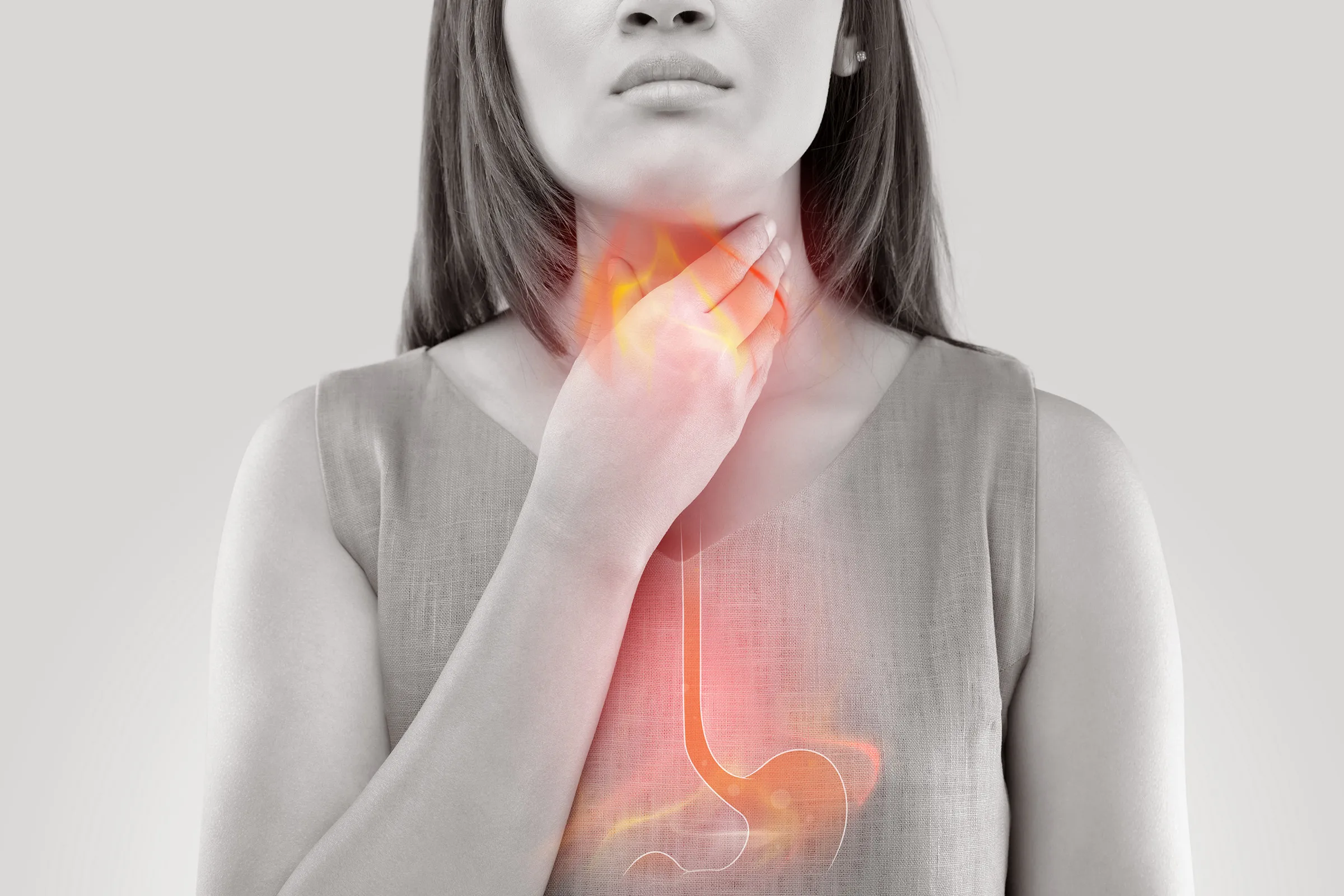
At first, it showed up after late dinners. Then after pizza. Then after wine. I expected that. I blamed my choices. But then it happened after oatmeal. Or soup. Or a salad. That didn’t make sense. There wasn’t heat. There wasn’t fat. Still, the burn came. That sharp pressure behind the chest. Just under the ribs. Rising to the throat. I started questioning what was actually happening—not just what I was eating.
I didn’t know coffee—even black, even decaf—could make things worse
I had switched to decaf to be healthier. But the symptoms stayed. Still felt heat. Still felt acid. It wasn’t the caffeine, they said. It was the acidity. Coffee, even black, lowers the pressure of the muscle that keeps acid in the stomach. I hadn’t thought about that. It wasn’t about energy—it was about pH. About valves. About subtle shifts inside that cup.
I learned stress can actually trigger acid—not just make you notice it more
I thought stress made me more sensitive. More aware. But it also increased acid production. The stomach prepared for action. For reaction. But there was no food. Just nerves. Just racing thoughts. And the acid waited. Then rose. I didn’t eat differently. I just felt differently. That changed how my body responded.
My posture changed the way the burn showed up
I worked from the couch. Laptops in my lap. Shoulders hunched. Then the burn started sooner. Slouched posture compressed my stomach. Pushed contents upward. I didn’t think about my position. But it mattered. Sitting upright helped. Standing helped. That small correction made a big difference I didn’t expect.
I didn’t know my nighttime heartburn came from gravity
During the day, it faded. At night, it intensified. I ate earlier. Slept upright. That helped. Gravity matters more than people think. When lying down, acid flows more freely. If the valve at the top of the stomach is weak, nothing stops it. That explained the cough. The hoarseness. Even the throat clearing.
I learned about the lower esophageal sphincter and how it slowly weakens
No one told me there’s a muscle that acts like a gate. That it’s affected by food, age, habits. It’s called the lower esophageal sphincter. And when it weakens, acid moves upward. Silent sometimes. Aggressive other times. I couldn’t feel the muscle. But I could feel when it failed.
I assumed heartburn always meant too much acid—but sometimes it meant too little
That surprised me most. Sometimes the stomach doesn’t make enough acid to digest properly. Food lingers. Ferments. Builds pressure. Then backs up. I thought antacids were the answer. But they made things worse. I needed balance—not elimination. That changed what I reached for.
I didn’t realize how often heartburn was actually reflux
Reflux sounds harmless. Just backward flow. But it wasn’t gentle. It burned. It inflamed. It scarred. My throat felt raw. My voice cracked. I thought I had a cold. But it was acid. Reaching places it didn’t belong. I stopped calling it heartburn. Started calling it reflux. That helped me understand its seriousness.
I noticed tight clothing made it worse even without eating
I wore high-waisted jeans. A tight belt. Then the burning started. Before food. During walking. The pressure on my abdomen forced contents upward. I loosened the belt. Switched to soft pants. The change was instant. I didn’t expect clothing to affect digestion. But it did.
I didn’t realize medications I took for other reasons made it worse
Painkillers. Blood pressure pills. Even sleep aids. Some relaxed the valve. Others delayed digestion. All contributed. None said “heartburn” on the label. But they affected the system. Once I knew, I asked about alternatives. Lower doses. Different timing. Some changes worked. Some didn’t. But at least I had options.
I learned that reflux can be silent—but still damaging
No burn. No taste. Just a cough. A tickle in the throat. A hoarse voice. It didn’t feel like heartburn. But it was reflux. Silent reflux. It came at night. After meals. After talking. It was harder to track. But real. And once I saw the pattern, I couldn’t unsee it.
I never connected chewing gum to relief—but it helped
Chewing gum increased saliva. Saliva neutralized acid. Swallowing helped push reflux back down. I didn’t expect that. I thought gum was cosmetic. But peppermint made it worse. Cinnamon helped. Simple habits helped more than big changes. I kept gum in every bag after that.
I had to accept that one meal can affect the whole day
It wasn’t just what I ate. It was when. How fast. How late. One large lunch could ruin dinner. A rushed breakfast set off the whole day. I slowed down. Chewed slower. Ate earlier. That changed everything. Timing shaped digestion. Not just ingredients.
Source: Gastroenterology in Dubai / Gastroenterology in Abu Dhabi
